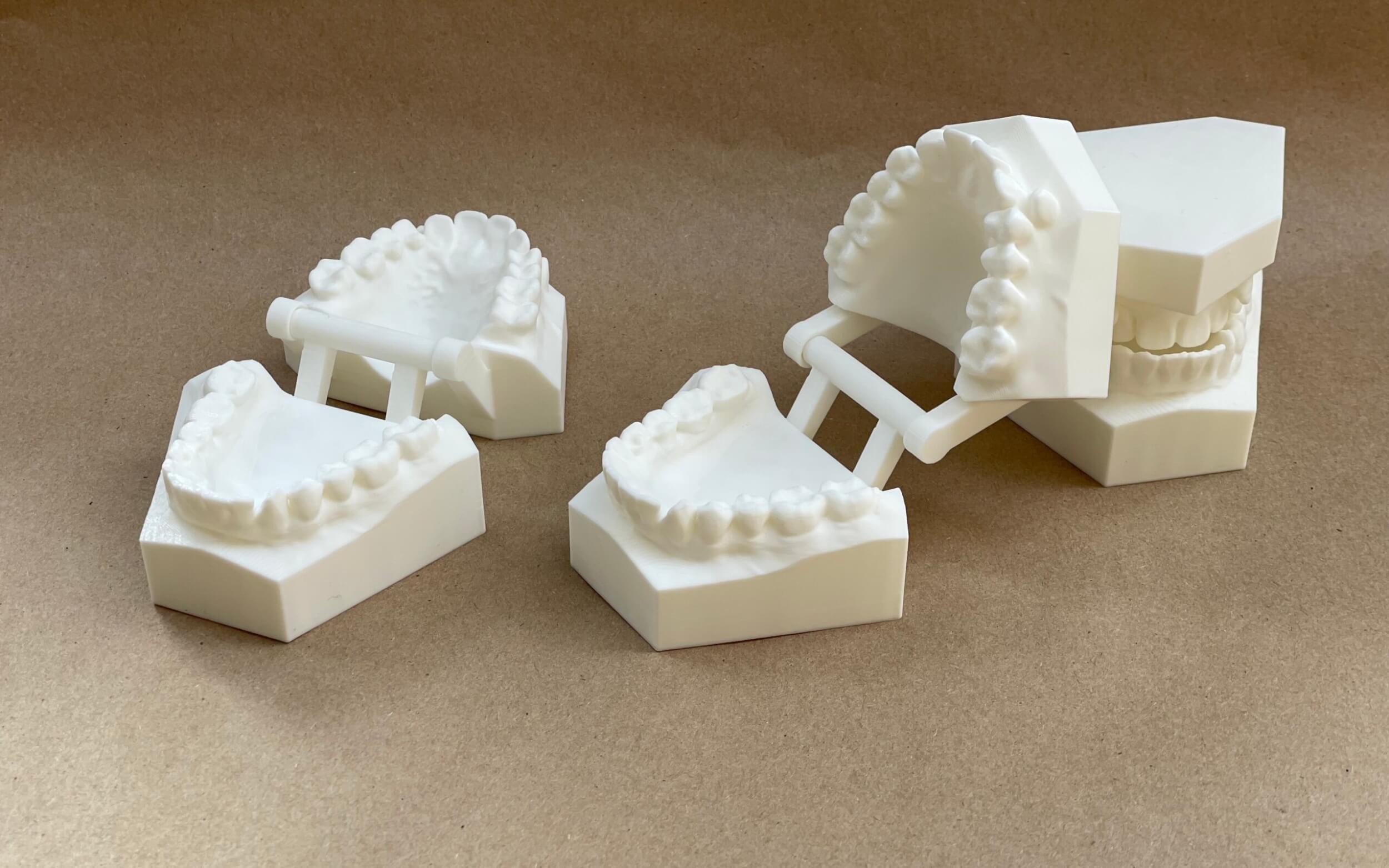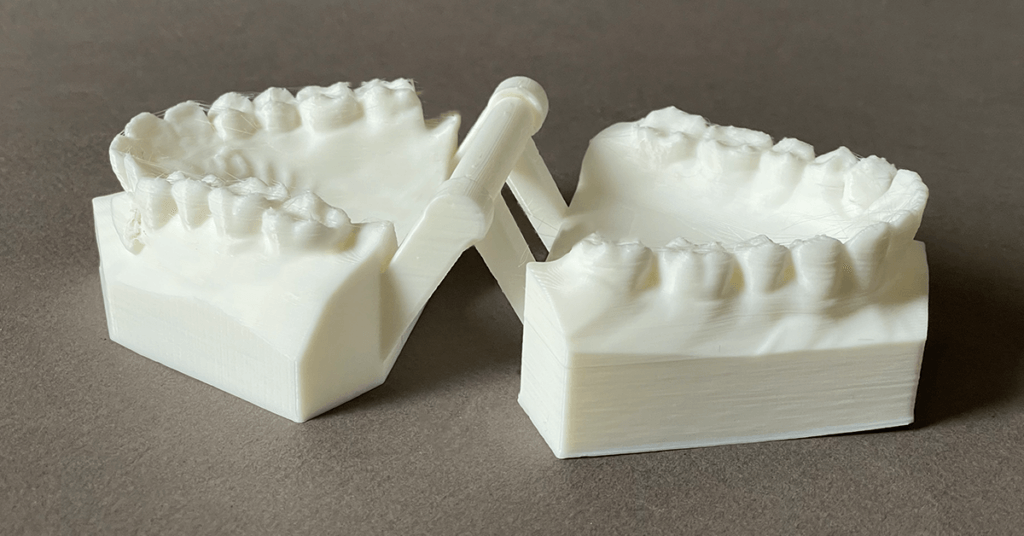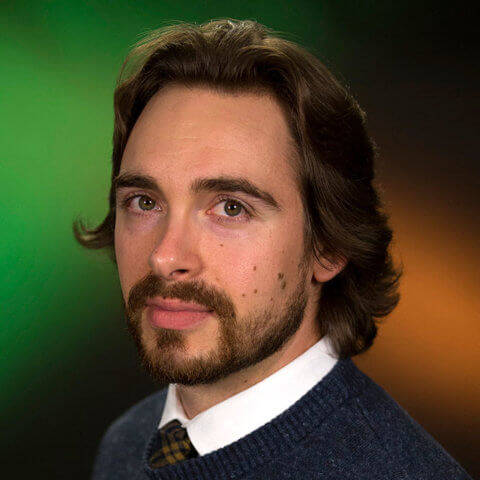This week’s maker is Susu Le, D3, with the UCSF School of Dentistry, who enrolled in the Advanced 3D Printing for Health Science Students elective. We caught up with Susu to see what they have been making in the Makers Lab.
Q: What did you create?
I created a 3D model that resembles my teeth in 9th grade before I received Phase 2 orthodontic treatment. This model showcases severe crowding and Class III malocclusion.
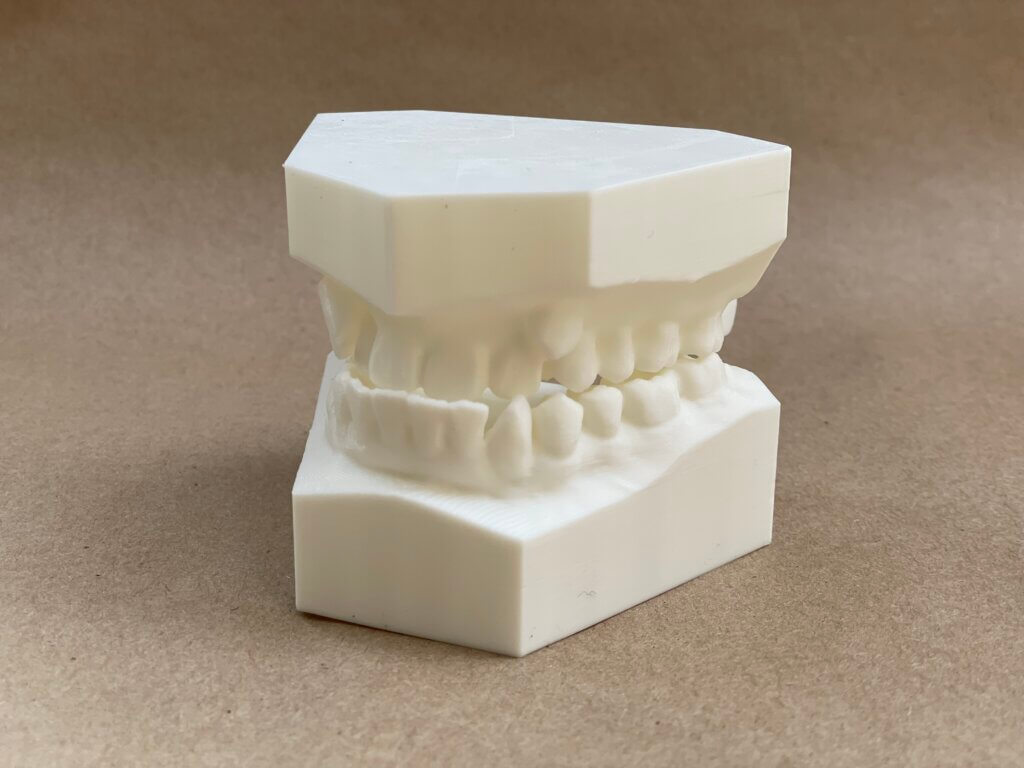
Q: Why did you decide to create it?
I want underclassmen dental students to learn about malocclusion and treatment planning through a real-life patient case – my own. Additionally, I aimed to demonstrate the practical applications of 3D printing in orthodontic education. By allowing students to practice bonding brackets and tying in wires on the model, I hoped to better prepare them for performing these skills (mainly tying and untying) on actual patients during their orthodontic assisting elective or orthodontic rotations in their 3rd year of dental school.
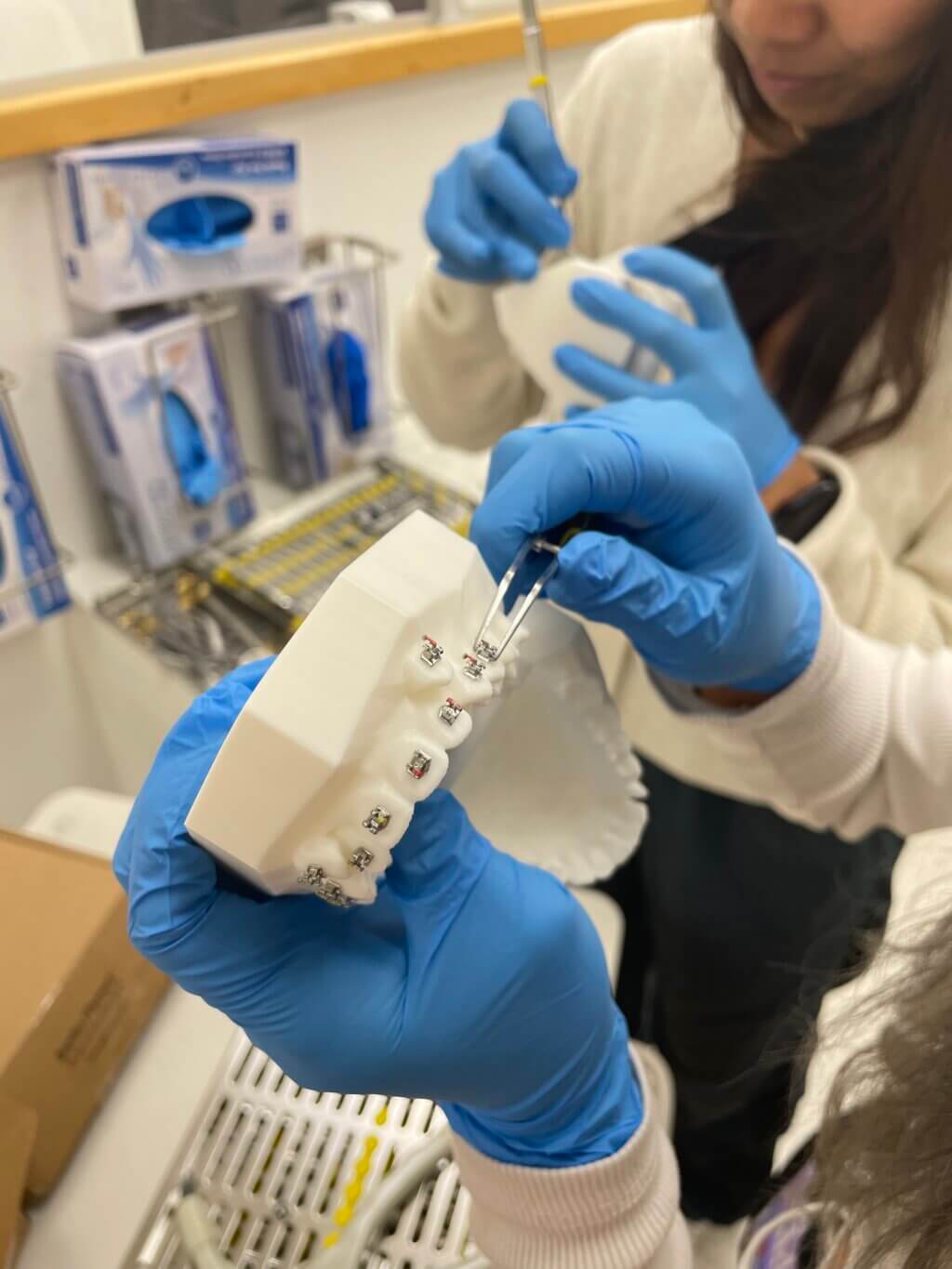
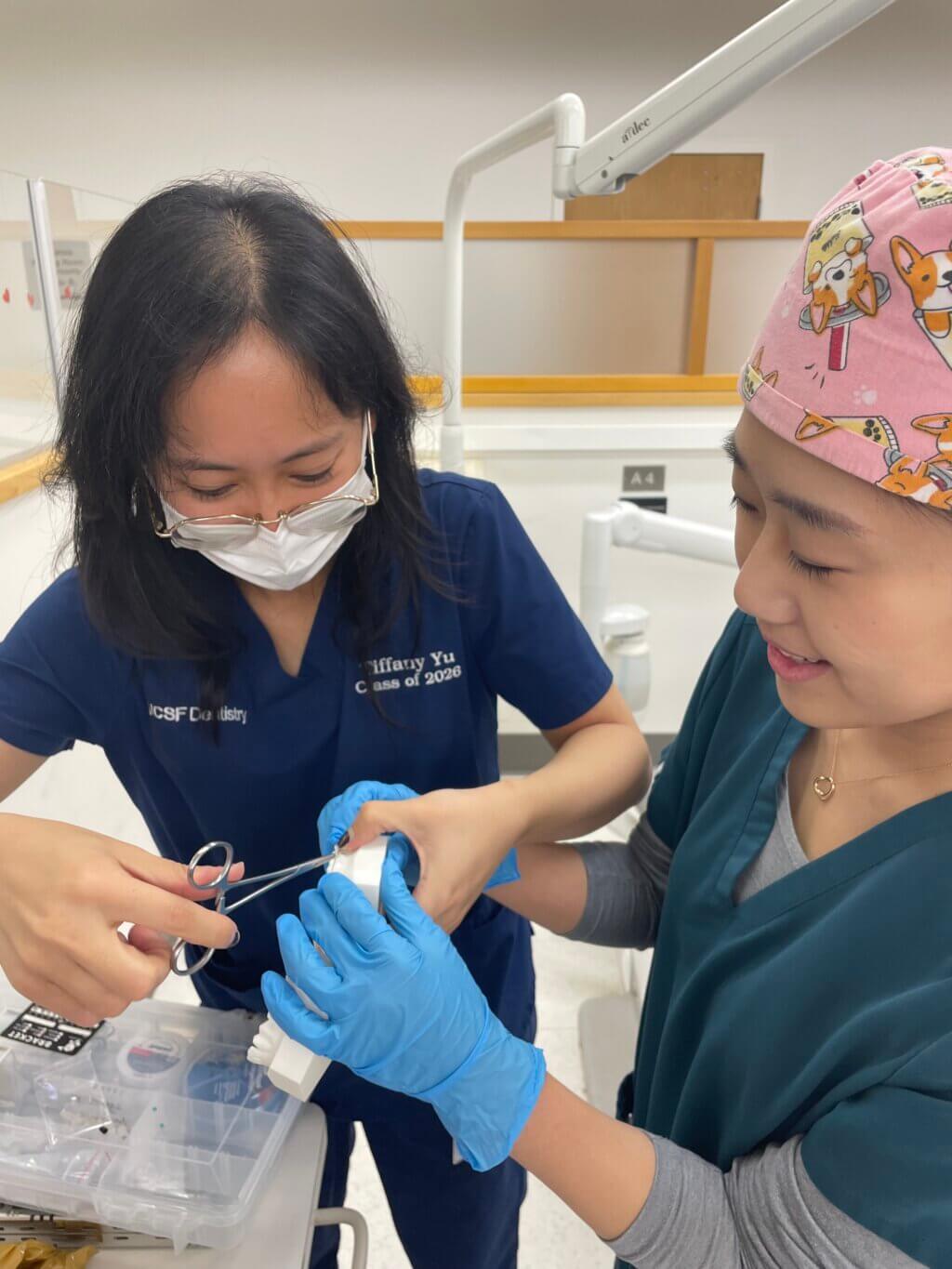
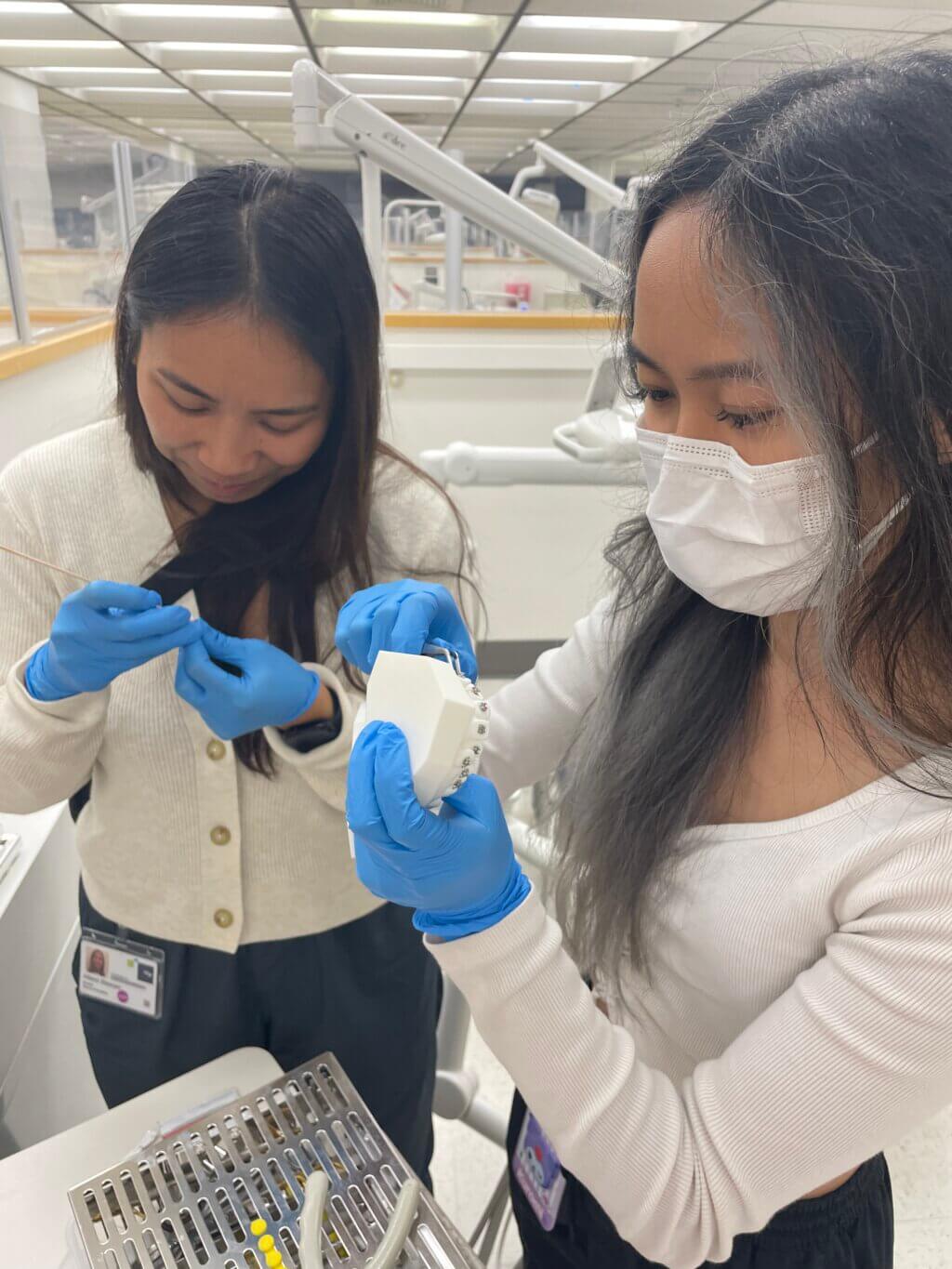
Q: What was your process like?
I utilized my old intraoral photos provided by my high school orthodontist as references for the model. Working in Blender, I manipulated the teeth and jaws to closely resemble the reference photos. Scott helped me out immensely with different Blender functions and shortcuts and always had a solution to whatever I wanted to do with the model. I am extremely grateful for his assistance and support throughout this entire project. Thank you! 🙂
Q: What was the most challenging part of the process?
Learning to manipulate the teeth precisely within Blender was the most challenging aspect. Initially, it was difficult and confusing to work in the application, compounded by frequent program crashes due to the information overload from the complexity of the edits I made. As a result, I had to restart several times. However, despite these challenges, repeatedly doing the same actions led to my improvement with working in Blender.
Q: What was your favorite part of the process?
My favorite part was working through the challenges of Blender to ultimately create something that is super personal to me. I took the Intro to 3D printing elective, but Blender was still a relatively new and daunting software for me, and it took a while to get used to. It was difficult to learn and remember the different keys for certain edits at first, but the longer I worked on Blender, the easier it became. I enjoyed seeing my skills progress and witnessing the model take shape according to my vision. Towards the end of my model creation process, I was super proud of how far I had come and am very happy with how the model turned out.
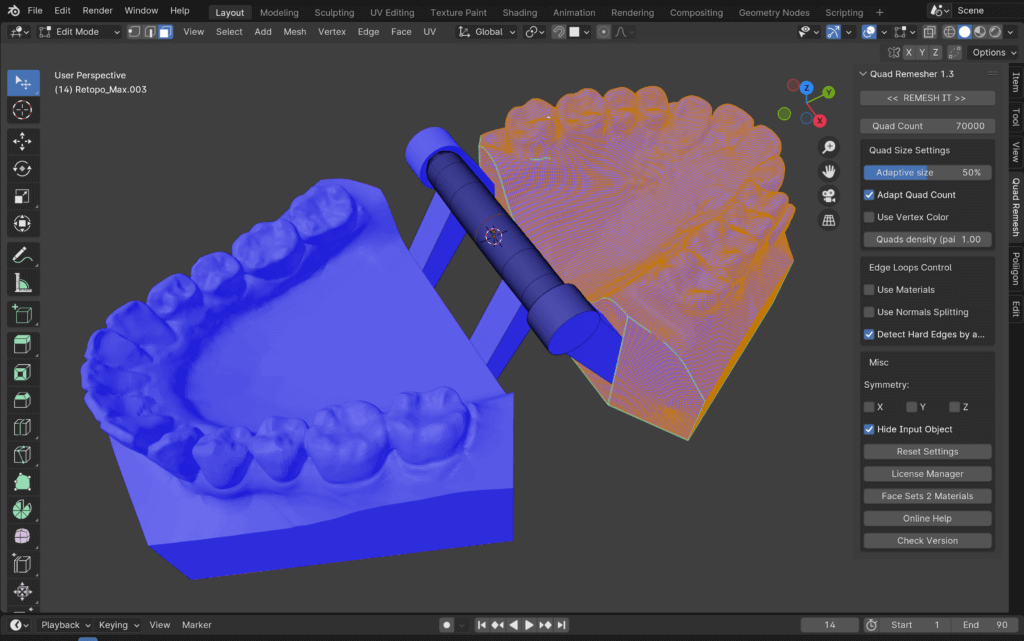
Q: How has this project contributed to your education?
This project has made me appreciate 3D printing so much more and the effort and intricacies involved in creating every model. It has taught me a lot about patience and showed me to believe in the process. I gained valuable experience in using Blender and exploring its extensive capabilities. Hopefully I can use all this 3D-printing and Blender knowledge in my future career and practice!
Q: What do you plan to create next?
Maybe I can make a model showcasing an even more severe case than mine that requires orthognathic (double jaw) surgery. I believe this case can serve as an educational tool for surgical orthodontics, which further expands the scope of my research project!
